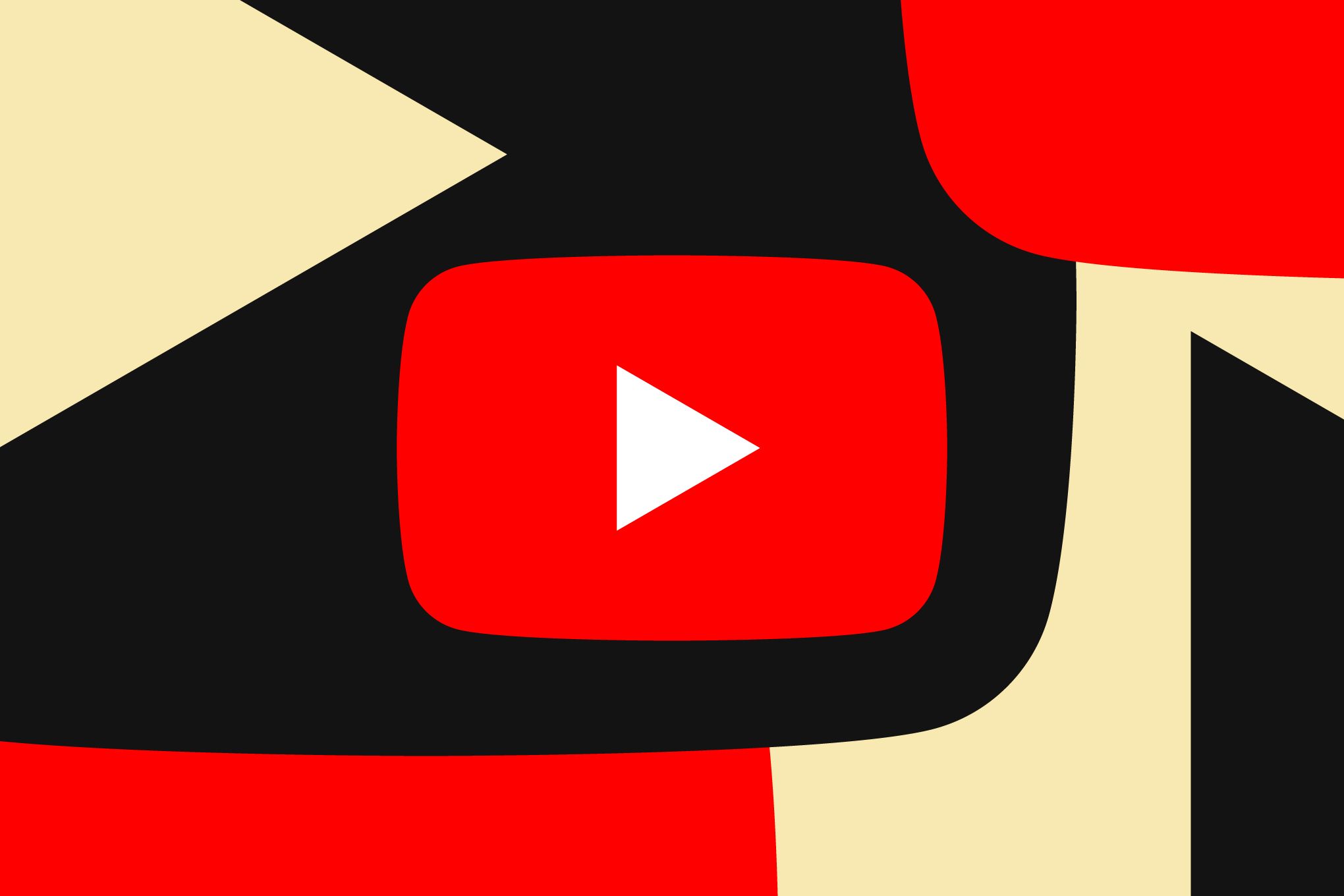YouTube just launched a feature that could break the endless scroll cycle plaguing millions of users. The platform now lets mobile users set daily time limits for Shorts, putting the brakes on those rabbit holes that turn five minutes into five hours. It's YouTube's first real move to help users control their own viewing habits rather than just maximizing watch time.
YouTube is taking an unexpected swing at its own business model. The platform just rolled out time limits for Shorts that actually help users watch less, not more. Mobile users can now set custom daily limits that pause their Shorts feeds when they've scrolled too long. It's a surprising move from a company that's built its empire on keeping eyeballs glued to screens. The feature starts rolling out today through YouTube's mobile app, though it'll take time to reach all users. When someone hits their self-imposed limit, they get a notification that Shorts has been paused for the day. But here's the catch - users can dismiss these warnings and keep scrolling anyway. YouTube's betting on the honor system, which feels both refreshingly honest and slightly naive given how addictive these feeds can be. "Shorts are a core part of the YouTube experience," YouTube said in its announcement. "Setting a scrolling time limit on the Shorts feed allows for this exploration while helping users be more deliberate about their viewing habits and manage their time effectively." The timing isn't coincidental. Instagram and TikTok both offer similar screen time controls, though TikTok goes further by extending limits to web users. YouTube's playing catch-up in the digital wellness space, but they're also walking a tightrope. Too effective at limiting usage and ad revenue suffers. Too weak and users dismiss it as theater. YouTube's solution sits right in that middle ground - helpful enough to matter, flexible enough to avoid serious revenue impact. The real test comes later this year when YouTube expands these controls to parental settings. Unlike the adult version, kids won't be able to dismiss those time limit notifications. That's where things get interesting from a business perspective. Parents have been demanding better screen time tools for years, and YouTube's responding with actual restrictions that can't be bypassed. It signals a shift in how platforms think about younger users and regulatory pressure. The feature lives in YouTube account settings, making it discoverable but not prominently featured. That's classic tech company behavior - offer the tool but don't advertise it too heavily. Users who want limits can find them, but YouTube isn't actively pushing people toward less engagement. Industry watchers see this as YouTube hedging against future regulation while testing user behavior. If enough people actually use these limits effectively, it could inform how other products approach similar features. The company's learned from past attempts at digital wellness tools that often felt more like marketing than genuine help. But the dismissible notifications reveal YouTube's real priorities. Unlike screen time limits on iOS that actually block apps, YouTube's approach relies entirely on user willpower. It's wellness theater with enough flexibility to avoid meaningfully impacting the bottom line. Still, for users genuinely struggling with Shorts addiction, even a gentle nudge might help break the cycle.












